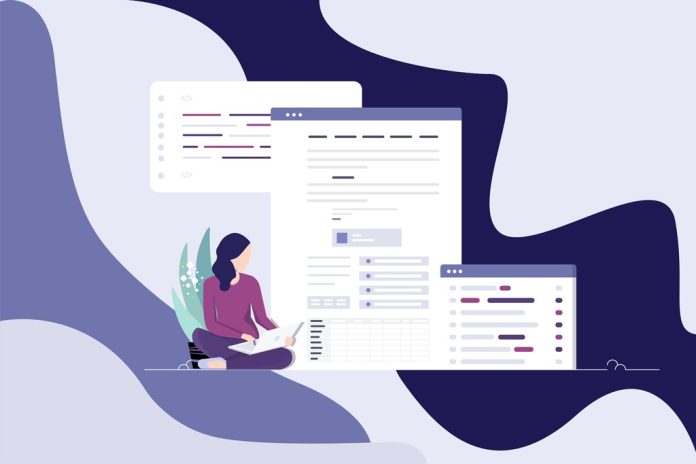If you are in the software development industry and looking for ways to produce adequate and organized documentation, then look no further. The Ultimate Guide to Writing Software Documentation is designed to help streamline your workflow, helping you achieve success when producing software documentation with confidence and ease.
Get ready to learn all about writing successful software documents!
Table of Contents
What is Software Documentation, and Why Is It Necessary?
Software documentation is a crucial part of any software development process. It refers to the detailed information about the software provided to its users, developers, and stakeholders. This information includes everything from how the software works to how you should use it.
Documentation can make it easier for a new user to understand how to use the software or for a developer to make changes without causing errors. Additionally, documentation ensures consistency across teams and individuals working on the same project. In short, software documentation is necessary to ensure that a software product is usable, maintainable, and scalable. Furthermore, there are also different types of software documentation, so be aware of that.
Choosing the Right Tone of Voice for Your Software Documentation
Regarding software documentation, the tone of voice is critical in ensuring that users can understand and effectively use the software product. An informative tone of voice is an excellent choice for software documentation as it provides clear and concise information about the product’s features and how to use them.
As a result, users can easily follow the documentation and avoid confusion or misinterpretation. Additionally, an informative tone of voice enhances the software’s credibility by demonstrating expertise on the part of the authors. Therefore, choosing the right tone of voice for your software documentation is essential to ensure that users can efficiently utilize the software and achieve their desired outcomes.
Creating an Outline and Structure for Your Software Documentation
When creating software documentation, having a clear and well-organized outline and structure can make all the difference. Not only does it ensure that your documentation is easy to follow and understand, but it can also save you time and effort in the long run. Start by identifying the main topics and subtopics that you want to cover, and then arrange them in a logical order.
You can use headings, subheadings, bullet points, and numbering to help break up the content and make it more digestible. And be sure to include plenty of examples and visuals to help illustrate your points. With a solid outline and structure, your software documentation will be a valuable resource for your users.
Best Practices to Follow When Writing Software Documentation
When writing software documentation, you should always follow certain best practices. One of the most important of these is to ensure that your documentation is clear and concise. This means avoiding overly technical language or confusing terminology and instead focusing on explaining things in plain language that your users can understand.
Another key best practice is ensuring your documentation is well-organized and easy to navigate. You can use headings, bullet points, and other formatting techniques. Finally, it’s important to remember that documentation is an ongoing process and should be updated regularly to reflect any changes or updates to your software. Following these best practices can create beneficial and informative documentation for your users.
Tips for Making Your Software Documentation Easier to Understand
Good software documentation is essential for ensuring your software’s users understand it better. Using a program can be frustrating, but the documentation is confusing and difficult to understand. In this case, the user quickly gets frustrated and might abandon the program altogether. However, you can make your software documentation easier to understand by doing a few simple things.
Always use plain language that is easy to comprehend, divide the content into relevant sections, and use visuals like screenshots or videos to create a better user experience. In this way, you’ll ensure that your users can navigate through your software and use it efficiently. Good documentation is the gateway between excellent software and a happy user base.
How to Make Sure That Your Documented Information is Accurate
Accuracy plays a crucial role in documenting information. Whether it’s a research paper, a business report, or any other document, ensuring the correctness of the data is of utmost importance. To ensure that your documented information is accurate, you can do a few things. Begin by verifying the source of information and ensuring its authenticity.
This includes cross-checking data from different sources, identifying credible sources, and checking for plagiarism. Secondly, review your document thoroughly for any errors in spelling or grammar, as this can significantly impact the content’s overall quality. Lastly, have another set of eyes review your document for feedback and suggestions. Following these steps will guarantee that your documented information is precise, trustworthy, and reliable.
Writing software documentation is an essential part of the development process. It helps developers understand and use the product and ensures that clients who may encounter technical issues can quickly find easy-to-understand help resources. Following these tips when writing your software documentation will help you create compelling and valuable help documents that your users can rely on.








